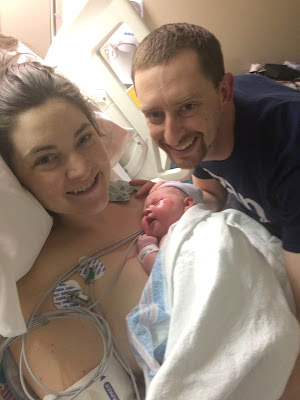I have a college acquaintance who is now a fairly successful Catholic artist. This week, she unveiled a series of canvases with detailed images of Our Lady of Guadalupe’s vestments, and noted she went down a rabbit hole discovering the image’s symbolism.1 After reading her statement, I chose to fall down the same rabbit hole.
On the tilma of Guadalupe, we see Mary with her eyes bowed, and her hands in a prayer of supplication. This contrasts with the Indian goddesses, whose depictions showed their power by looking directly at the viewer with their (often large) eyes. Our Lady at Guadalupe reveals by her posture that there is a greater God above her, while wearing the symbols often attributed to those indigenous goddesses, showing that her Lord is greater than they.
The solemnity in celebration of this gift occurs on December 8, normally a holy day of obligation. However, if you check your calendar, you’ll find that this year it falls on a Saturday, which under most American circumstances would mean a waived obligation for the holy day.
However, apparently I was incorrect last year in stating that the combination of the 4th Sunday of Advent and Christmas was the only time we maintain the consecutive-days obligation. We maintain it again this year for this December 8 feast, but only in the United States. The reason? Our Lady, under her title of the Immaculate Conception, is the patroness of the U.S.A. Like Christmas last year, we are asked to participate in Mass for both the special feast and our usual Sunday oblation.2 Both feasts are so important for us.
Mary’s veneration as the Immaculate Conception, both here in the United States and within her groundbreaking appearance as a mestiza girl in Mexico,3 points to the deep connectedness between the entirety of the Americas. The bishops seem to have come to this conclusion before me, as Our Lady of Guadalupe is the patroness of all the Americas in addition to the country of Mexico in particular.
Mary appeared in Mexico to the indigenous person with the symbolism of the Immaculate Conception. She sent an image to the Spanish in Mexico with that same symbolism. Our Lady of Guadalupe, the Immaculate Conception, gives her patronage to indigenous peoples, Mexicans, and persons of all races and countries. She loves and intercedes for all Americans, and desires us to love one another and serve the Lord.
St. Juan Diego Cuauhtlatoatzin, to whom she chose to appear at Guadalupe, was considered a macehualli - essentially a native without a social category other than “poor.” The Lord is found with the poorest, and to them his Mother also gives her special favor. If our Lady were to appear today at the border between two of her beloved countries, she would likely be weeping from the tear gas with her Son’s beloved poor on the Mexican side.
1 See this Instagram post for the original image.↩
2 Should you need a guide to this request from the Church:
In order to fulfill both obligations, you must attend TWO Masses - no double-dipping!
1) A Mass to fulfill the Immaculate Conception obligation is ANY Mass (regardless of the readings and prayers used) that is celebrated between ~4 PM on Friday, December 7th and the end of the day on Saturday, December 8th.
2) A Mass to fulfill the Sunday obligation is ANY Mass (regardless of the readings and prayers used) that is celebrated between ~4 PM on Saturday, December 8th and the end of the day on Sunday, December 9th.↩
3 Mestiza is a Latin American term for a woman of mixed race, especially one having indigenous and Spanish descent.↩



No comments:
Post a Comment